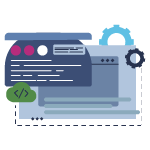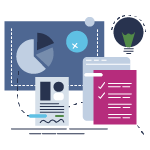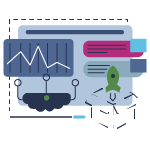Bringing your idea to market
From conceptualizing to actualizing
Breathing life into your idea. From paper to digital, prototyping is the experimental process of translating ideas into tangible forms. Prototypes are built to varying degrees of fidelity to capture design concepts and test on users.
It’s an essential part of UX/UI design and usually comes after ideation. In order to solve a user’s needs, an experimental model of the product is created to check how well it matches your user’s requirements through the feedback they provide.
Prototyping includes
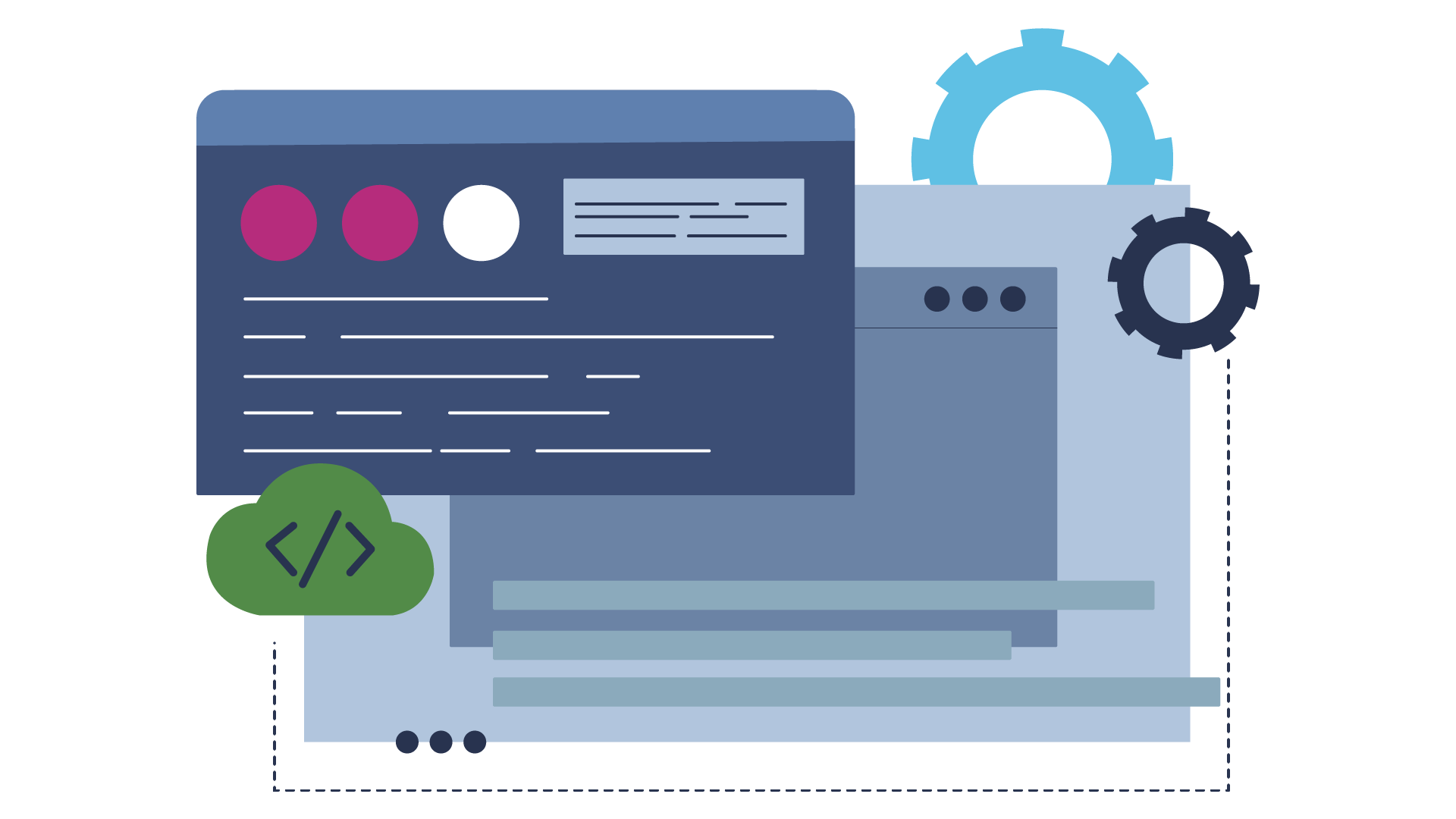
Enhance product quality
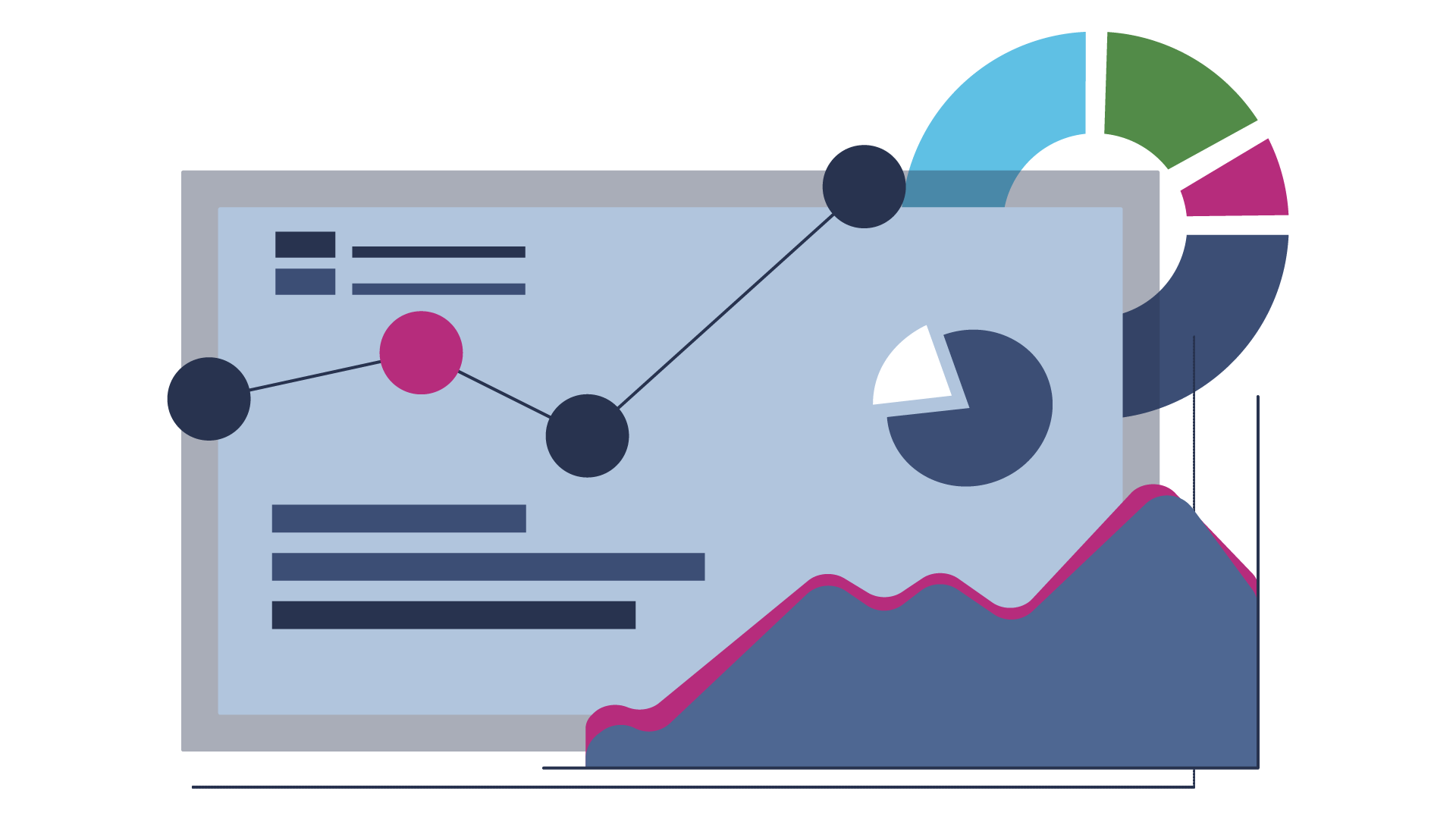
Evaluate technical feasibility
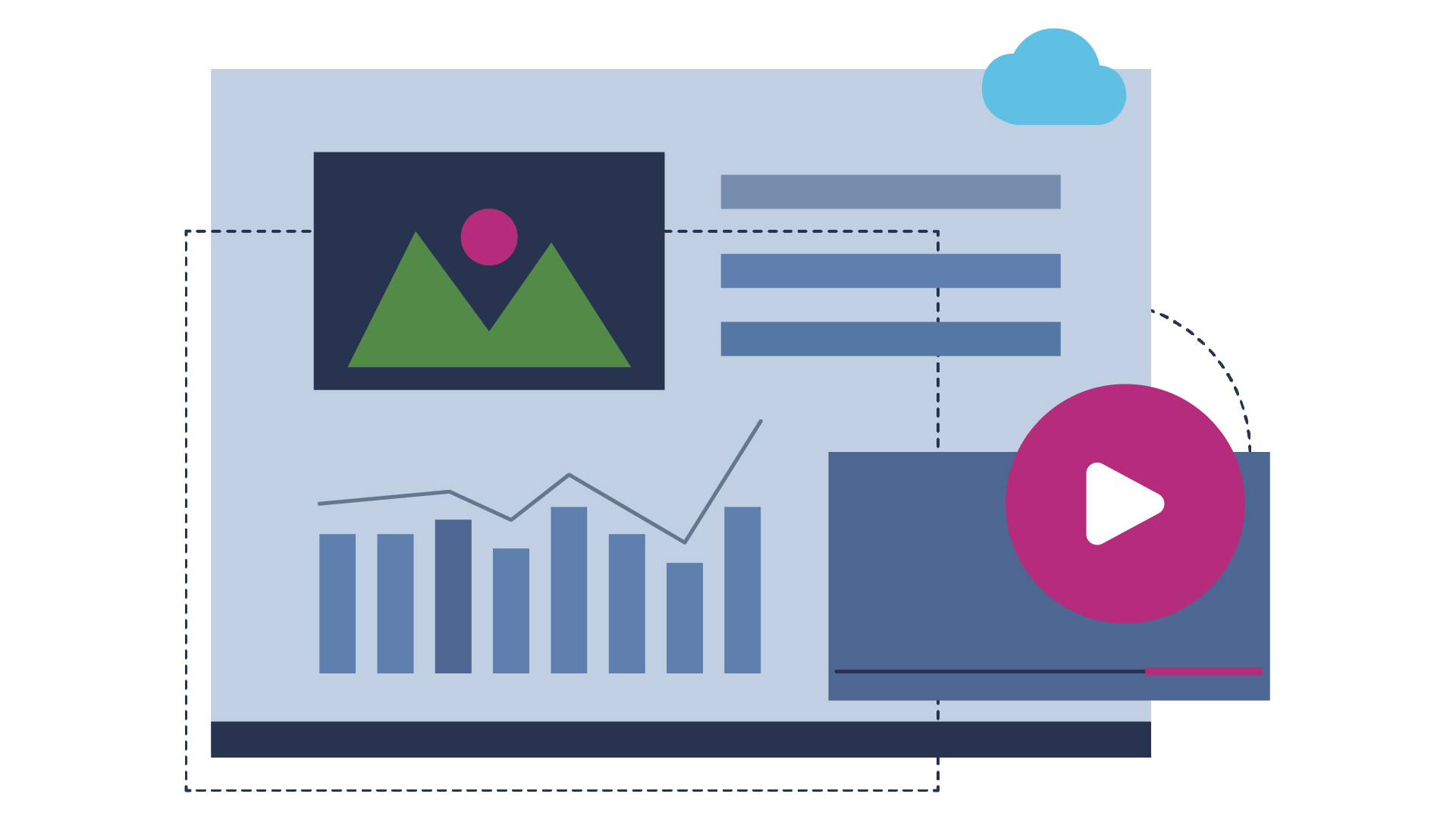
Effectively present ideas to customers
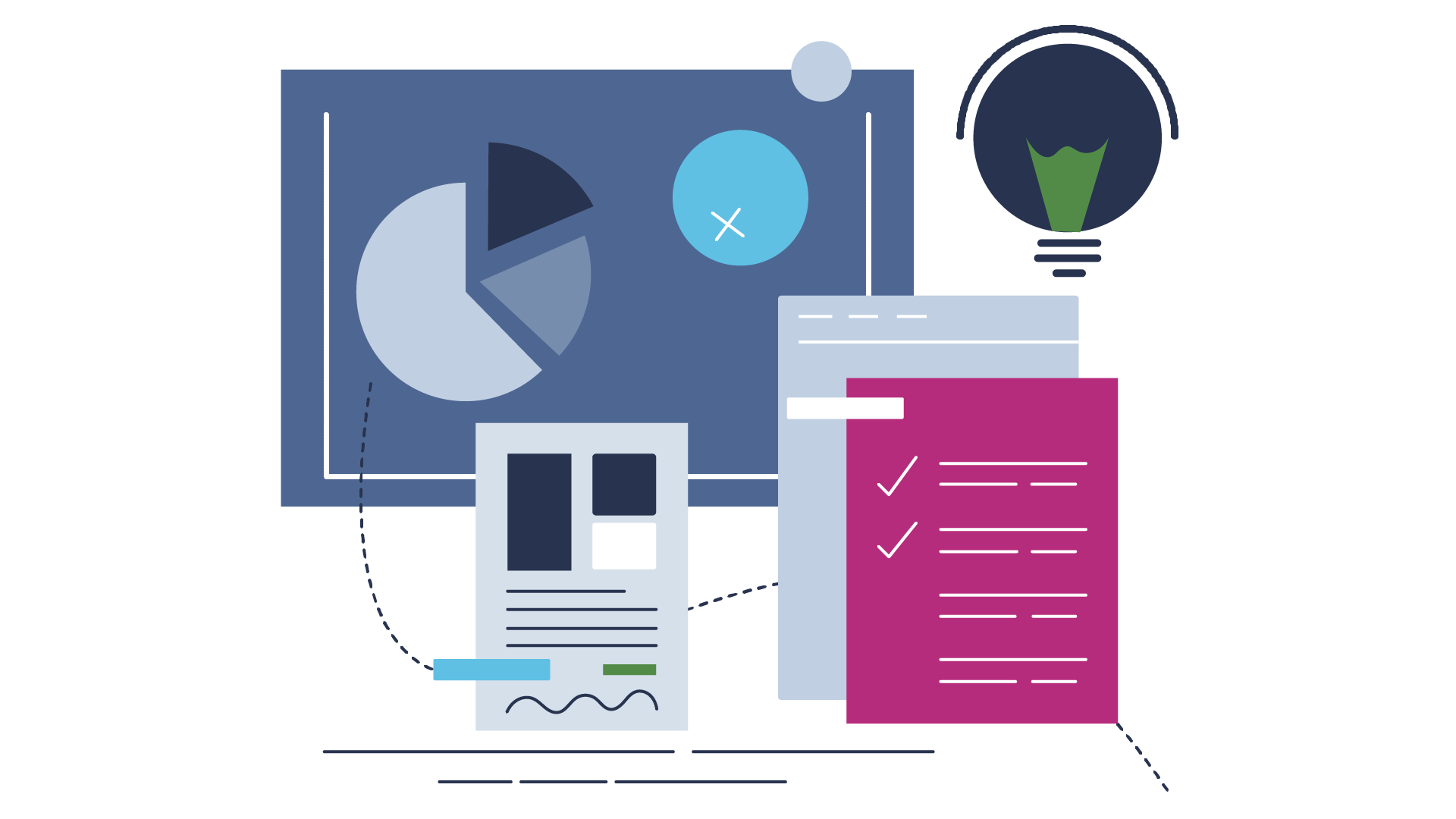
Reduce product risks
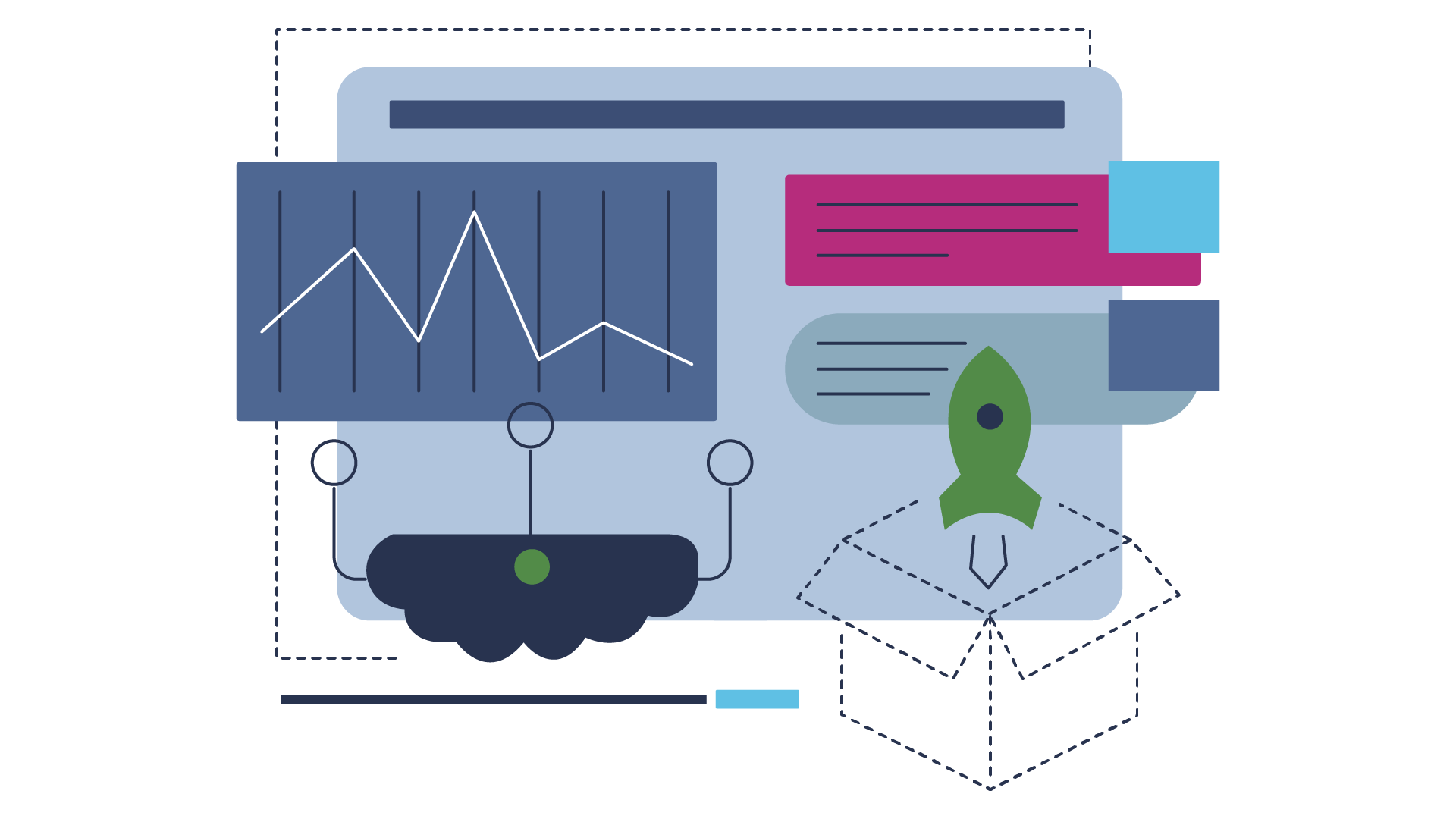
Simulate the Future Product
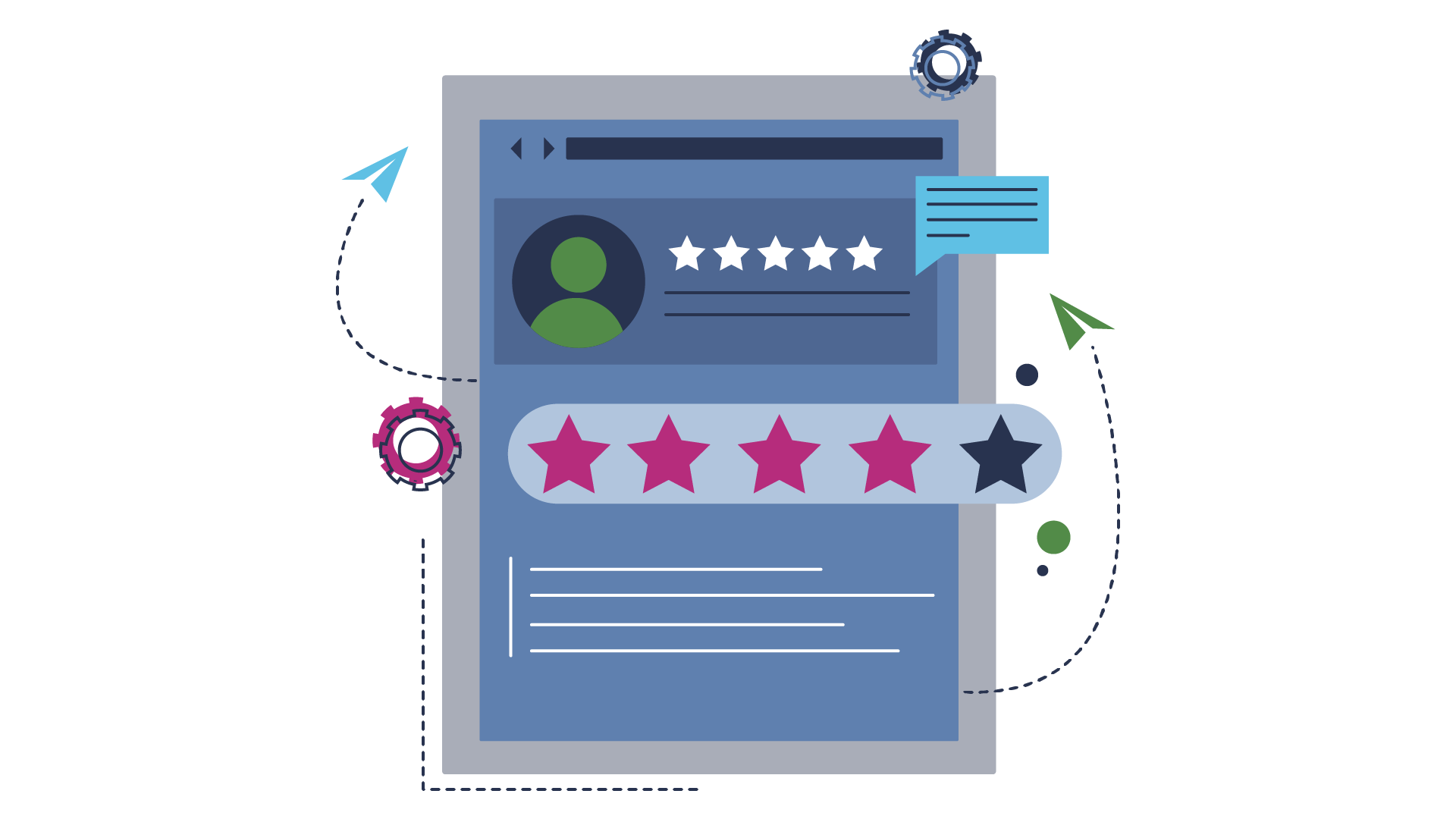
Provide Focused Feedback
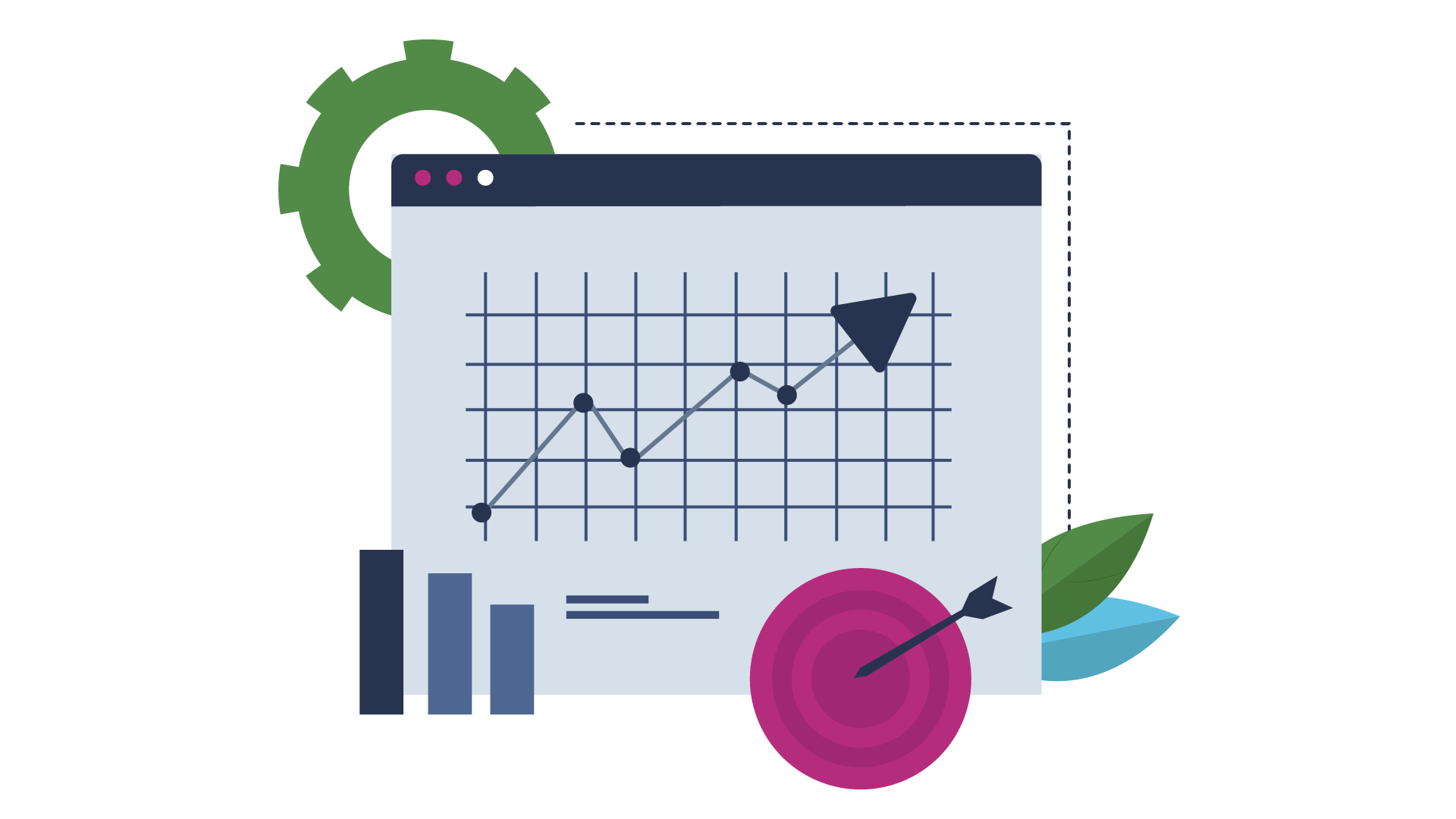
Planning
Prototyping FAQ’s
Prototypes are preliminary models from which later iterations are developed. In essence, it's a way to communicate design intent. A prototype in UX design shows developers, stakeholders, and other team members how the final product will interact with users.
Great products can’t be designed without a form of prototyping, and testing. By prototyping, you have the opportunity to test before you build, ensuring maximum efficiency throughout the entire building process.
It refers to the degree of precision with which a prototype matches the final product. A prototype's fidelity can be measured by how functional, visual, or content it is. To determine the best solution, fidelity testing should be conducted to ensure a well-rounded product outcome.
There are two types of prototypes: analog - on paper - and digital - on computer. So the manner in which your prototype will be made is dependent on the product type. We generally schedule a meeting with you to run you through a needs analysis so that our team aligns with your expectations.


